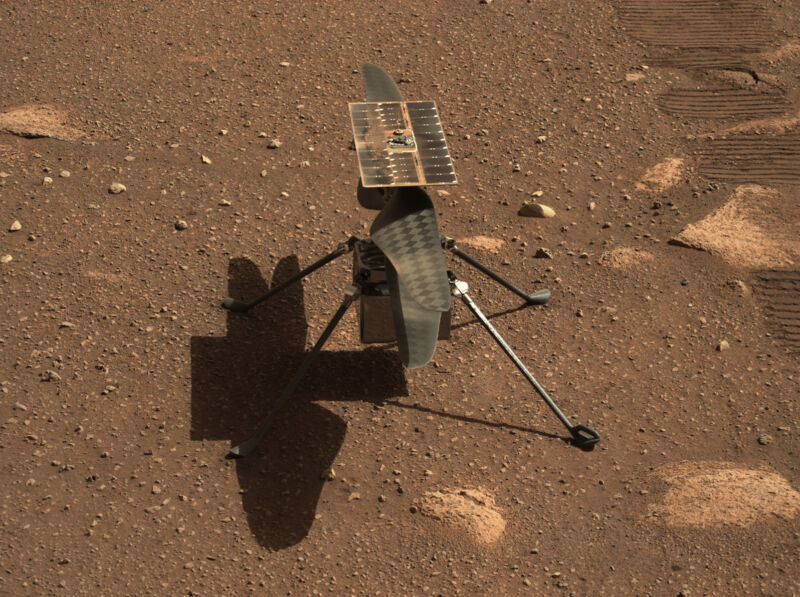
This week, the US House of Representatives will release a detailed blueprint of its budget for Commerce, Justice, Science, and related agencies, including information about NASA's budget. The House proposes to provide $25.446 billion for NASA for fiscal year 2023, which is $1.4 billion more than what NASA received this year but $527 million less than what the agency asked for.
In advance of its release, Ars obtained a copy of the 208-page budget blueprint, which represents the opening salvo in the process of funding the federal government. The Senate must still release its budget blueprint later this summer, and then the House and Senate must reconcile their budgets. This may not happen until the fall or winter, after the start of the new fiscal year on October 1, 2022. (Update: The document has now been released).
However, the preliminary document nonetheless provides some sense of lawmaker priorities. And in general, the House budget writers appear to largely support NASA's activities, including the Artemis Program to land humans on the Moon this decade.
Artemis
The House would provide $7.32 billion for "Deep Space Exploration Systems," including full funding of the amounts requested by NASA for the Orion spacecraft, the Space Launch System rocket, ground systems, and the Human Landing System.
"In the coming months, NASA will launch Artemis I and begin a new era in human space exploration, and the Committee provides significant resources to ensure that this new chapter is a successful one," the document states.
Lawmakers were not pleased when NASA selected SpaceX in April 2021 as the sole provider of the lunar lander with its Starship vehicle, known as the Human Landing System (HLS). In response to this criticism, NASA said it would select an additional competitor to build a lander if Congress appropriated more funding. Now, the House would provide $1.486 billion, which is the amount sought by NASA for the coming fiscal year.
"The Committee applauds NASA's efforts to ensure competition among potential providers for a future sustained HLS services capability and expects that NASA, through the Sustaining Lunar Development program, will commit significant resources to develop multiple HLS systems for use in the Artemis program once additional contracts are awarded," the document states.
Science changes
The document makes more significant modifications to some of NASA's science programs, including a mission to detect near-Earth asteroids, NEO Surveyor. Earlier this year, during a House Science Committee hearing on planetary defense, lawmakers registered their displeasure with NASA's decision to delay the launch of NEO Surveyor to at least 2028 for budgetary reasons. The mission will use infrared instruments to detect asteroids that pass near Earth and might one day strike the planet.
The House seeks to provide $94.9 million for NEO Surveyor in 2023, which is $55 million above NASA's request.
"While NASA has rightly expressed concern about a lack of funding in prior years for near-Earth object surveillance, the Committee is concerned by the agency's proposal to delay a high priority of the Planetary Science Decadal Survey until 2028," the budget document states. "The Committee directs NASA, as part of its fiscal year 2024 budget request, to provide a timeline for a NEO Surveyor launch prior to 2028."
The House committee also had suggestions for NASA about its Mars Sample Return plans, a complex series of three separate missions that will culminate with the return of samples from Martian rocks to Earth in about a decade.
Lawmakers expressed concern about the rising costs of the multi-billion dollar mission, which NASA is undertaking with the European Space Agency. However, the committee also suggested that the space agency consider using "more than one" Ingenuity-class Mars helicopter as a part of its mission architecture. These helicopters, the document states, "could increase redundancy and ensure NASA has a capability to return samples by augmenting the Ingenuity helicopter design to add a sample retrieval capability."
Ingenuity has been a spectacular success on the surface of Mars, scouting ahead for the Mars Perseverance rover. However, it is not clear how NASA could add multiple helicopters to its Mars Sample Return plans without significantly increasing complexity and raising costs.
reader comments
144